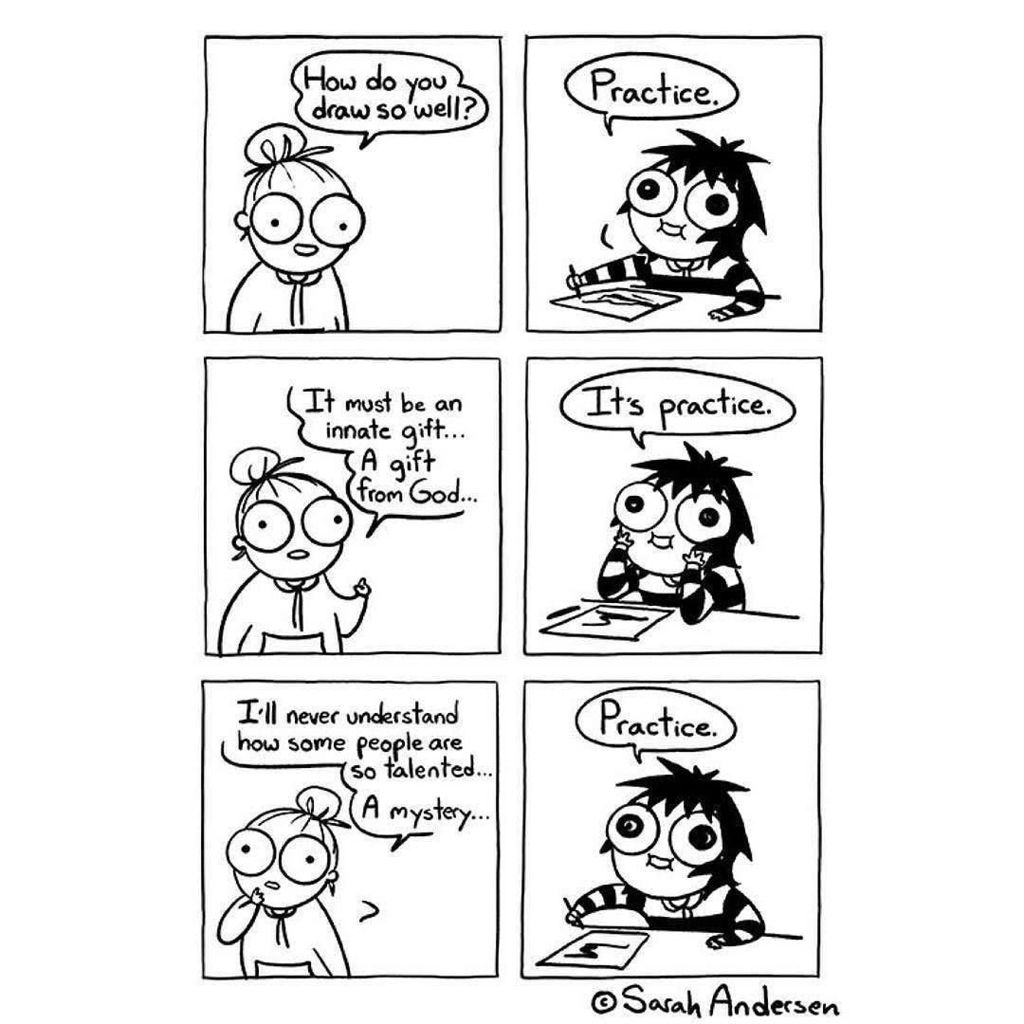I am generally concerned when it comes to UE4, visually it does what we need it to do most of the time (even though it lacks many basic things that need to be fixed amended), but how to translate those visuals into functional mechanics that follow the intended design in the first place seems to present challenges well beyond the regular technical issues of a standard game production (especially for indie game development).
In Unity our project (although somewhat less in complexity) has been going very smooth and some of the technical challenges have been solved, there is no sense of real worry, it can be done, if not there’s always some way we can work it. But let’s not assume we can have ten characters on screen with X amount of complexity and expect it to run as it should, fine we compromise.
UE You can have those 10 on screen but it will leave the functionality side to be desired when it comes to what you wanted to do with those ten in the first place and if it was worth it.
UE seems to pose issues well beyond just engineering, yes the docs lack a lot, yes there are lack of resources. But there’s a sense of running into a brick wall and stopping in your tracks.
Ex.
We wish to have X feature without which that one game mechanic or visual appeal that helped sell our pitch cannot be made possible. Can money buy this for us? Apparently not, because it depends on Epic implementing that X feature hard cored into the engine, or if you are super lucky to find that one guy who can implement this feature inside UE4 (he is already so good and hired and can’t be bothered), can money persuade Epic to implement this feature? Maybe, maybe not because they are busy with internal projects and other plans Or we don’t know yet because we first need to show we have the cash before we pick up the phone and ask. And then what? assume we get lucky?
How does one approach or work-around or pre-plan this. Because once an engine is chosen and investment made, people hired, it will be a half suicide move to change mid production or compromise on promises made for the game design on that level.
- There have been a few games I read about which started using UE4 and then ran into difficult technical problems and some even got cancelled. Now I can’t be sure it was UE’s fault or a combination of things, but some did hint at UE and related ‘Technical issues’ - consider “ScaleBound”. Things like these gets people worried when there are certain large investments at play or to be made.
Lastly this is not to be considered as ranting, Epic is free to do what they wish and sole responsibility lies in us developers to either just drop it and find another tool and compromise with that other tool or just deal with it and come up with a different Idea that doesn’t require a feature not implemented in this engine. In most cases it will be option one, since option two still presents other risk factors when it comes to tech support.
And I consider anything that goes beyond the usual technical difficulties and challenges for a game production for an indie company an extremely risky move that is not wise to take.

